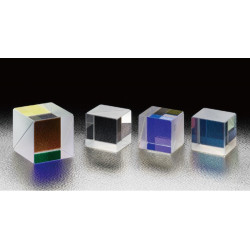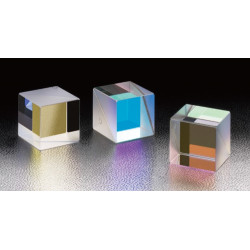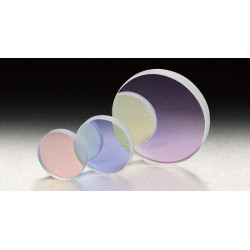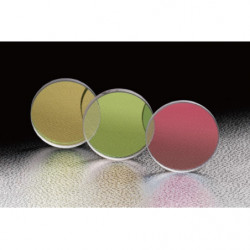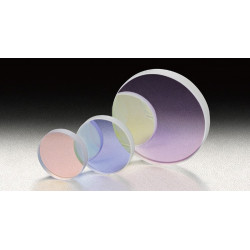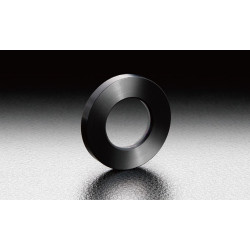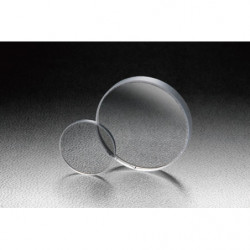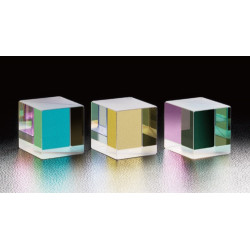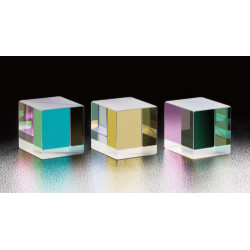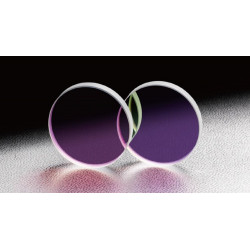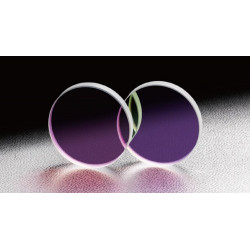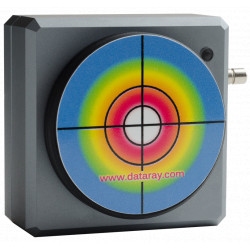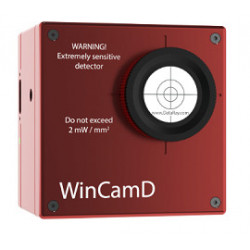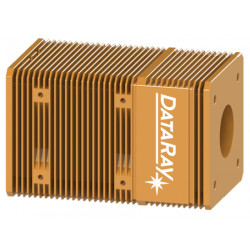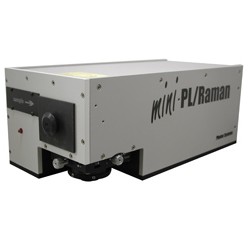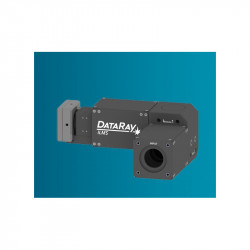OSE-HBCH

Optics and Optical Coatings
Optical coating consists of a combination of thin layers. These produce interfering effects that are used to improve the transmission or reflection characteristics of a system. The behavior of an optical coating depends on the number of lambda/4 layers, the thickness of the individual layers, and the differences between the refractive indexes of the individual layers. The most common coatings for precision optics are antireflection coatings (AR), highly reflective coatings (HR), beam splitter coatings, and filter coatings.
OSE-CSCH
Chromium Cube Half Mirrors
OSE-CSMH
Dielectric Cube Half Mirrors
OSE-PSMH-LL
Laser Line Plate Half Mirrors
Laser line plate mirrors are plate beamsplitters optically coated on the front side of optical parallels or wedge-shaped substrates with a dielectric multilayer coating.
OSE-PSMH
Broadband Dielectric Half Mirrors
OSE-MPSMH
Thin Plate Beamsplitter
OSE-PSCH
Chromium Plate Half Mirrors
OSE-CSM33
Dielectric Cube Beamsplitters, 1:2
OSE-CSM25
Dielectric Cube Beamsplitters, 1:3
OSE-PSM33
Dielectric Plate Beamsplitters, 1:2
OSE-PSM25
Dielectric Plate Beamsplitters, 1:3
Popular Products
DAT-WinCamD-LCM
Laser Beam Profiler WinCamD-LCM
This laser beam profiler features a CMOS sensor that guarantees frame rates of up to 60 Hz with high dynamics and is suitable for large beam diameters up to 11 mm.
DAT-WinCamD-IRBB
2-16 micron Laser Beam Analyzer
The beam analysis camera WinCamD-IR-BB with integrated microbolometer array enables analyzes on long-wave lasers in the range of 2 μm to 16 μm.
DAT-WinCamD-QD-1550
Laser Beam Profiler WinCamD-QD-1550
DataRay's ILM system is used for beam profile monitoring of high power lasers consisting of an attenuator for high powers, an imaging lens system and a camera system. The measurement of very small laser beams with diameters of less than micrometers is possible despite often high laser powers.
